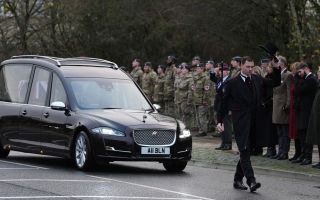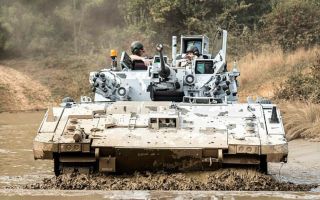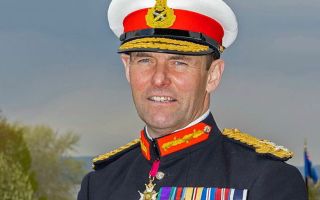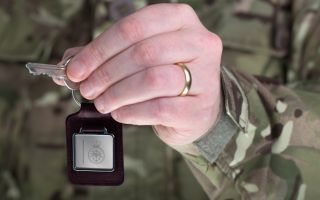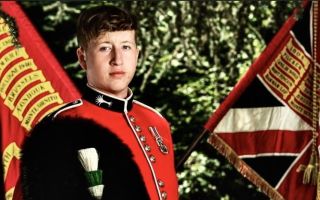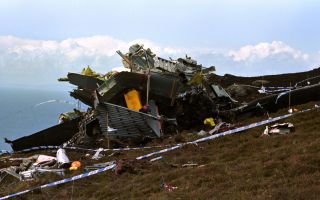Quantity not quality tipped to be the winning factor in modern conflict, not just WW2
Historian James Holland and Hamish de Bretton-Gordon, a former commander of 1st Royal Tank Regiment, look at how the technical superiority of Nazi Germany was defeated by the superior numbers of the Allies.
The pair wonder whether Britain could be treading down the same path in prioritising quality over quantity.
In this week of the 80th Anniversary of D-Day, it is useful to pause and consider why the Allies prevailed on D-Day and why, 77 days later, they had utterly destroyed two entire German armies in a crushing victory that ensured the outcome of the war was no longer in any doubt.
Over the past few anniversaries, the focus has understandably been on the men who were leaping from landing craft or floating down in their parachutes.
But the world is a very different place since even 2019, and we now have another brutal conflict going on in Europe on a scale that is reminiscent of the Second World War.
The moment of jeopardy for the Allies with the cross-Channel invasion was in undertaking D-Day in the first place and the days that followed – when the race was on as to who could bring to bear a decisive amount of men and materiel in the bridgehead.
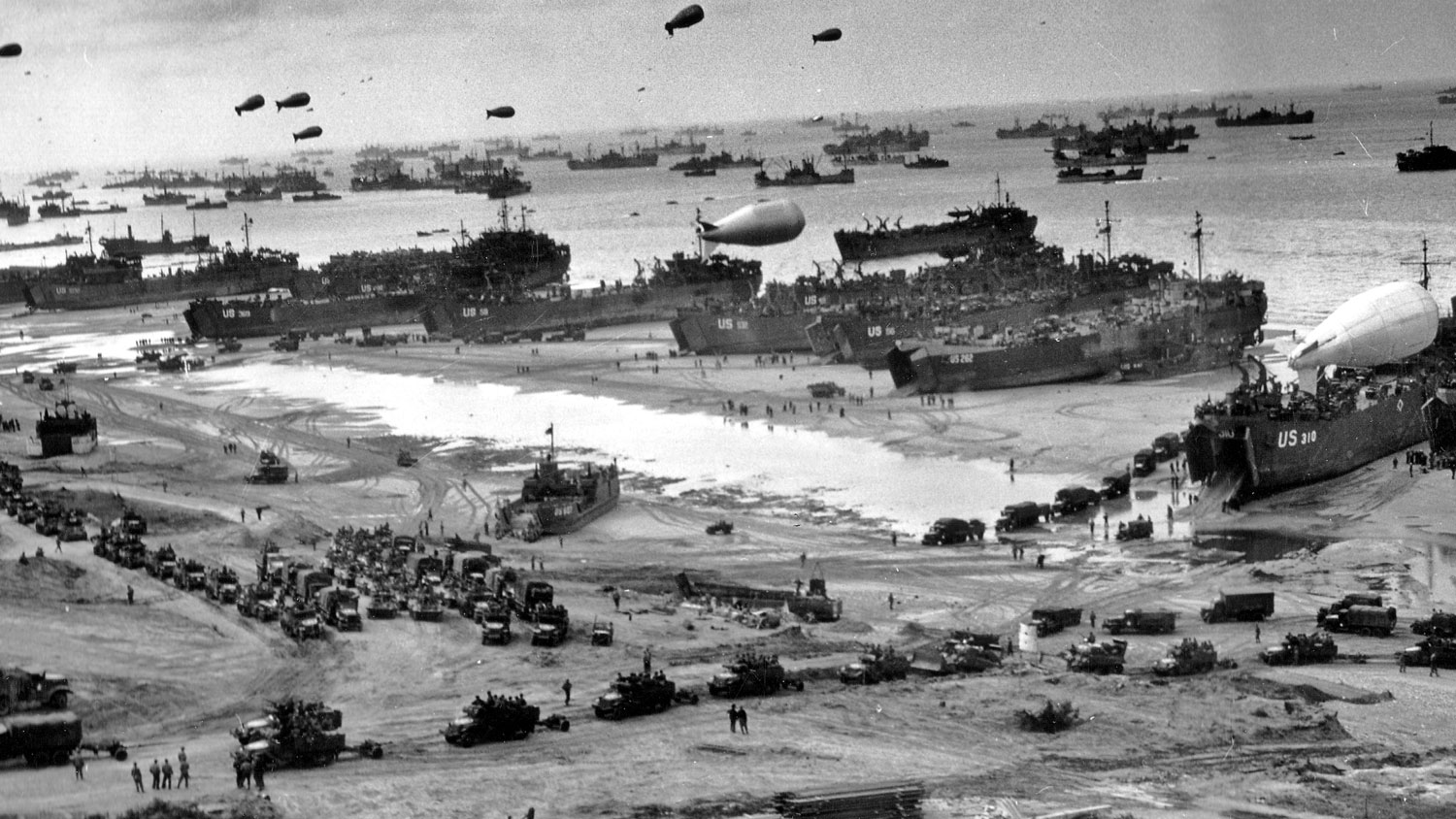
This race was won hands-down by the Allies whose harnessing of air power ensured the Germans, despite already being on the continent, could not swiftly reinforce Normandy, and naval power, which allowed gargantuan amounts of supplies to rapidly cross the Channel.
It was also because of the preponderance on vast amounts of firepower – mostly in terms of artillery – and basic equipment, whether it be tanks, trucks, bulldozers or a mass of other supplies essential for protracting an all-consuming global war.
And what the British and, subsequently, the Americans realised early on was that quantity had a considerable value all of its own.
Having the qualitative best helped too, but numbers mattered.
It's why Britain built 132,500 aircraft in the war and why the United States built 83,000 – the capacity of Twickenham – in 1943 alone.
Germany, by contrast, built some 86,000 during the war and the majority of these were in the last 18 months and at a terrible cost to the production of other essential weapons.
Yet the narrative of the war has persistently lauded German tactical skill and weaponry.
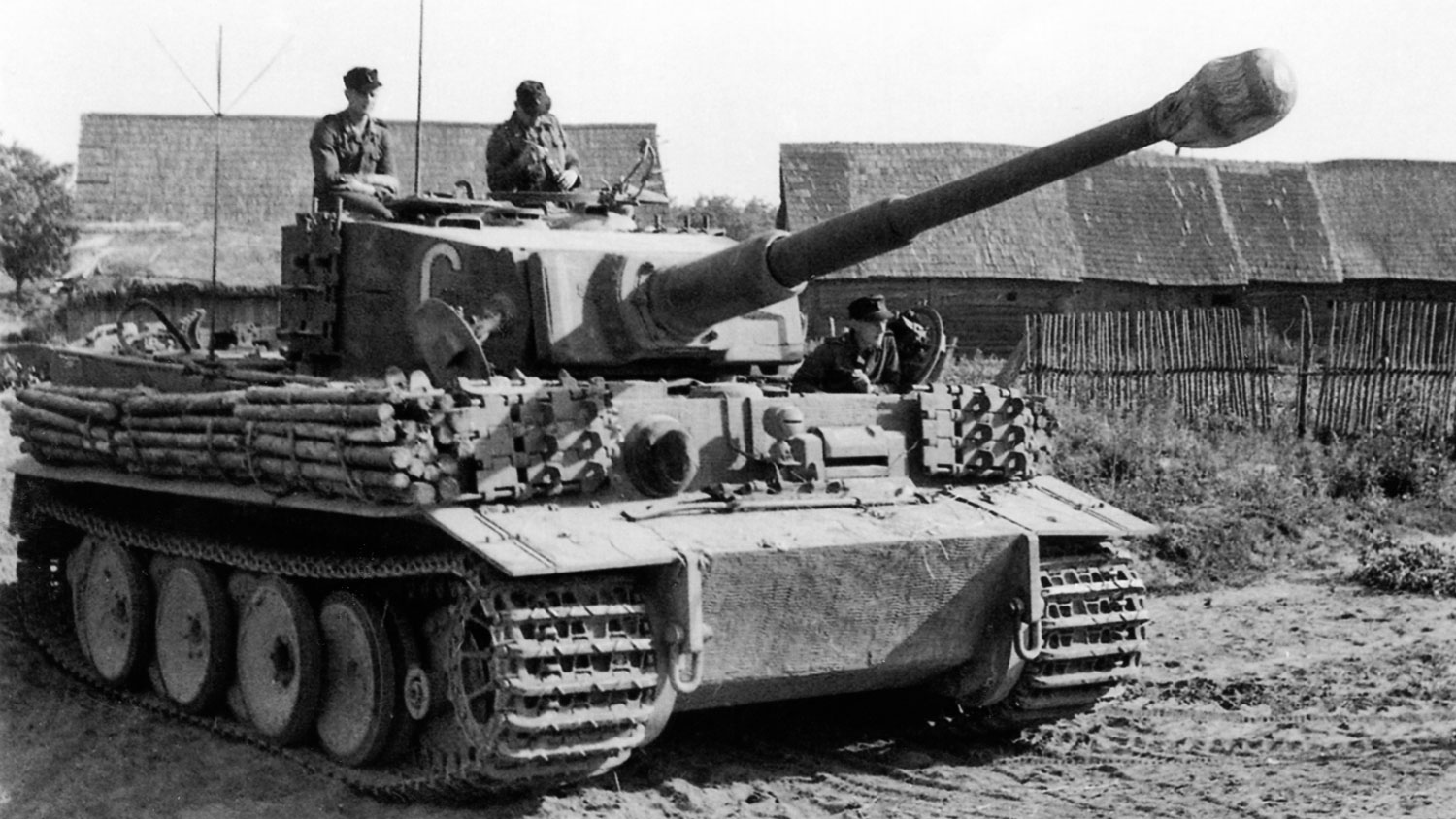
The Tiger, for example, remains the best-known tank of the war, a symbol of the Nazi war machine and its awesome power.
It was, however, unspeakably complicated, cumbersome and far too sophisticated for robust frontline action.
It was too wide for the European railways' loading gauge, so had to have different, narrower tracks fitted for ferrying it from A to B by rail and then switch to wider, combat tracks once unloaded.
Because it was so heavy – 54 tonnes – it required bigger, heavier maintenance equipment too. Some 50% were lost to mechanical failure.
More to the point, because Germany did not have the industrial capacity for heavy mass-production – except, perhaps, for fighter aircraft – only 1,347 Tigers were ever built and 492 King Tigers, a paltry number.
By contrast, the Americans built 49,000 Sherman tanks and 74,000 Sherman chassis, used for other things, while the Soviets built a staggering 84,000 T-34 tanks.
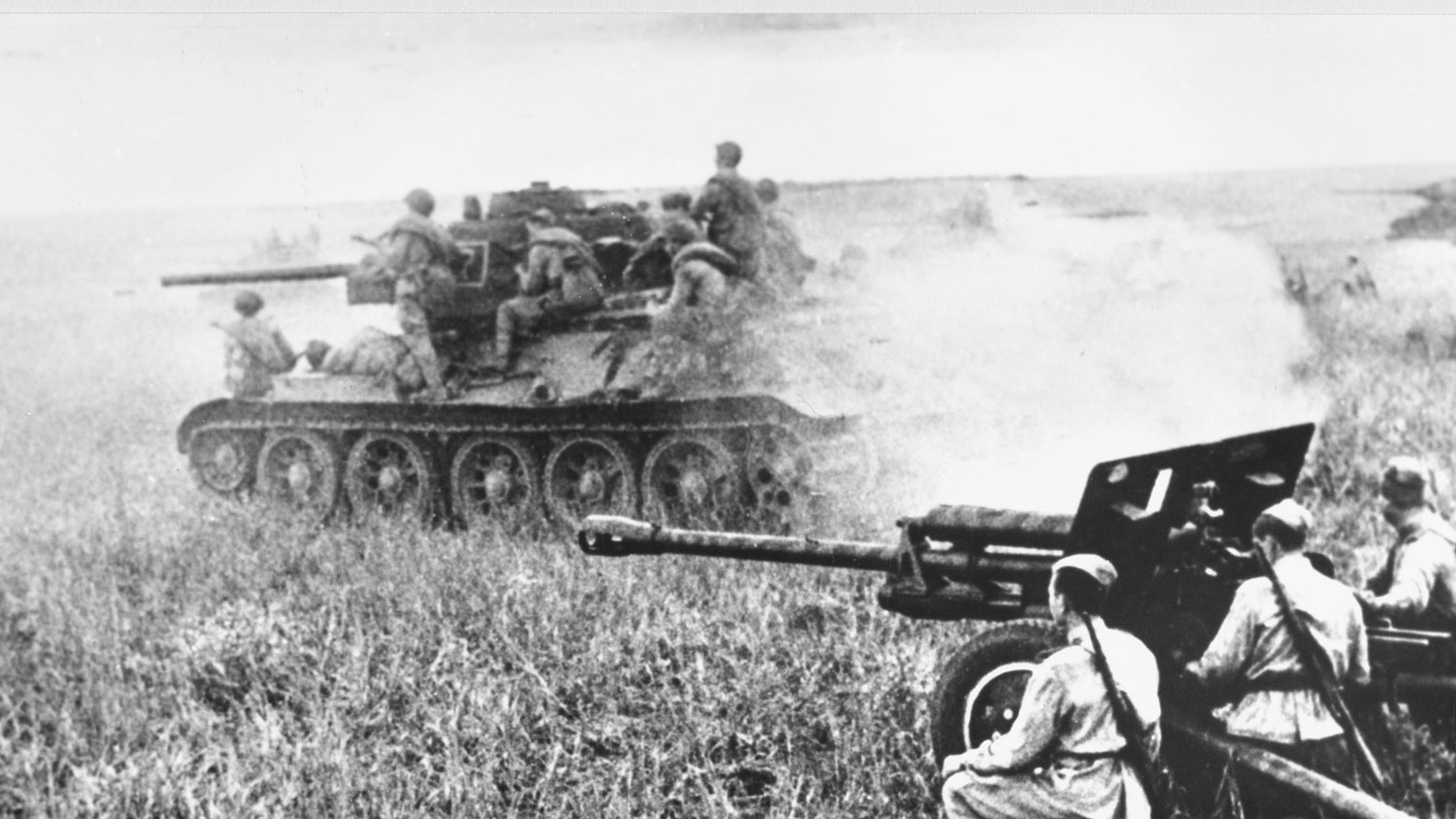
In May 1944, they built 20,000 T-34s in one month. The most numerous German tank, the Panzer IV, amounted to some 8,000 in total during the entire war.
Shermans and T-34s were lighter, more manoeuvrable, simpler and far easier to maintain in the field. Both were war-winners.
Russian T-80s and 90s may be no match one to one against a Challenger 2 or Leopard 2 but, then again, one Leopard is no match to a pack of hyenas.
The old adage of 'mass matters' is as relevant in the battle for the Donbas today as it was for the battles of Kursk, a few kilometres to the east in 1943.
For sure, if Ukraine had hundreds of Western tanks it could overwhelm Russian armour, but in ones and twos they are fodder to be paraded in Moscow, or kept in the rear for we know not what.
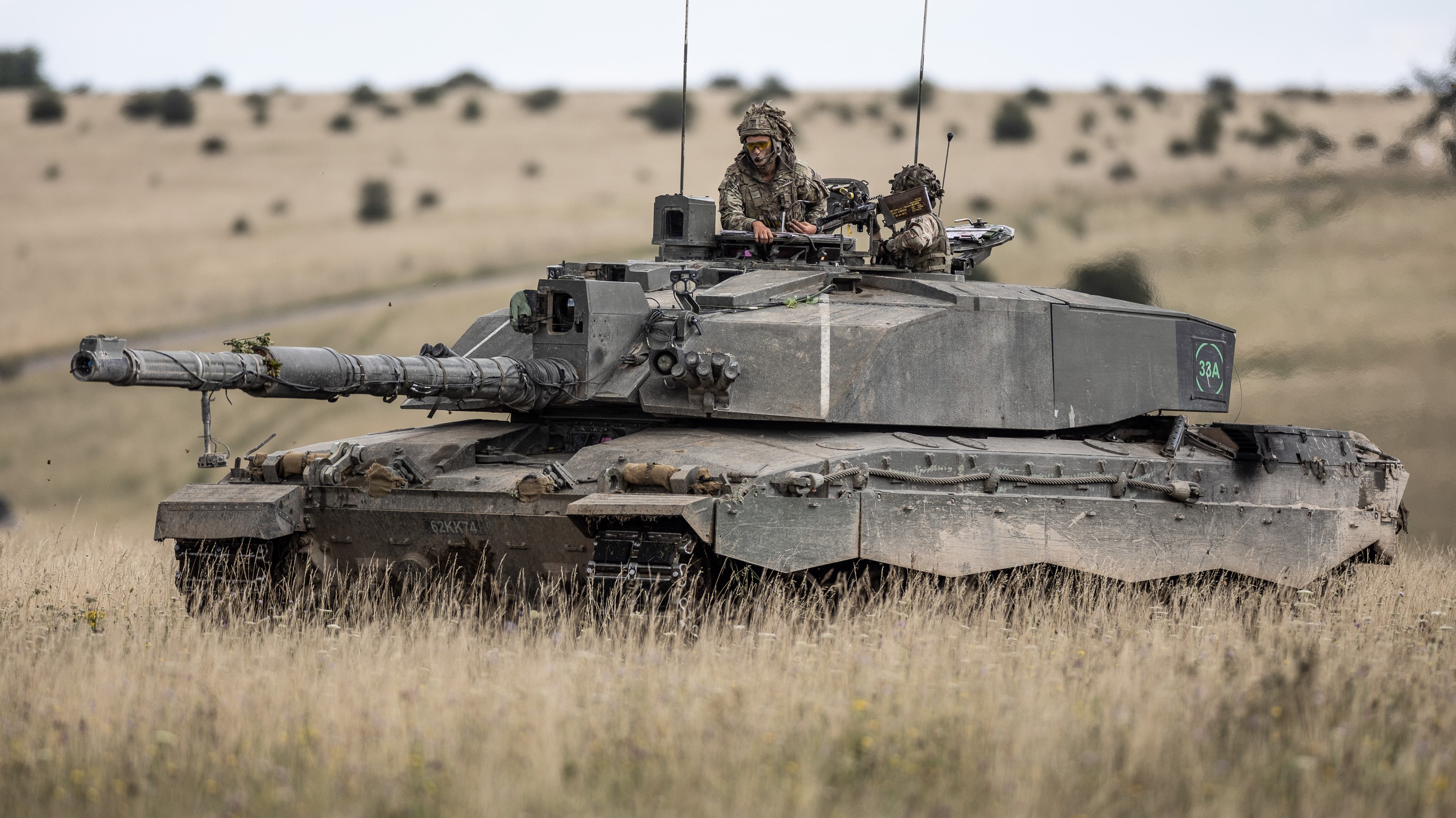
Of course, technology has the potential to change the battle, but it has to be timely, and it assumes the enemy does not have an immediate counter.
There is no doubt the Defence Science and Technology Laboratory at Porton Down is world-leading and is producing weapons like the laser DragonFire and direct energy weapons to knock thousands of drones and missiles out of the sky.
However, the British disease of the 'perfect being the enemy of the good' means that by the time they come into service in a few years, they will be redundant.
It would appear we are doomed to repeat the mistake Nazi Germany made in the Second World War – relying on sophisticated weaponry that is too expensive for mass production and will never produce decisive battlefield results.
The 'new' British tank, imaginatively called Challenger 3, will be capped at just 150 models.
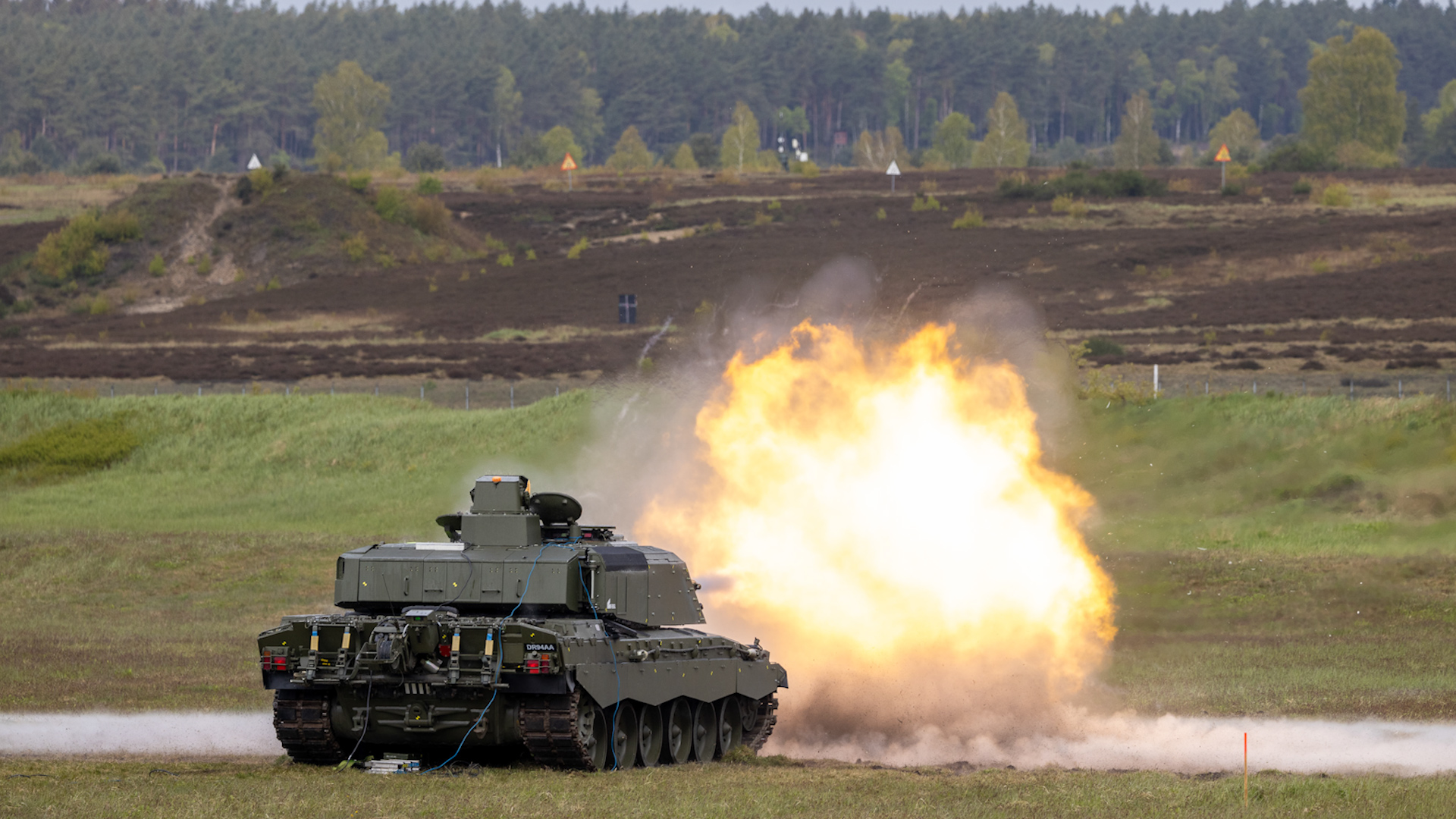
Sure, it will over-match any adversaries, although going for 120mm smoothbore main armament when its predecessor's 120mm rifled gun is seen as best-in-class in Ukraine may be an error.
This is not mass in any shape or form, and we wonder what scenario and battlefield the new British armour is being designed for.
Whoever leads the country next needs an urgent Defence Review. Two massive aircraft carriers and 150 tanks are no deterrence to the likes of Putin or China, who we need to design our deterrence around, not some imaginary enemy that suits single service rivalries.
Spending £10bn on tanks rather than carriers would give us the conventional deterrence so lacking at the moment, for instance.
There is nothing new, just stuff we've forgotten, so why do we persist with the dream that technology will always win?
It didn't work for Nazi Germany and it won't work for us now.
We seem to forget that the enemy also has a say in the fight, and to assume their tech is inferior to ours will have us underestimating our foes, which has never been a successful approach to combat.
As the Russians have put bean-counters in charge of their defence to ensure they have the mass to threaten the West, we too have bean-counters running our defence, but they seem unable to match their Russian counterparts.
As we try to deter the modern-day Hitler from heading west, let us not forget how we vanquished the last one: mass and the blood and guts of our forebears.
We have the latter in spades, but not the former.
It's time for Westminster and Whitehall to wake up!

